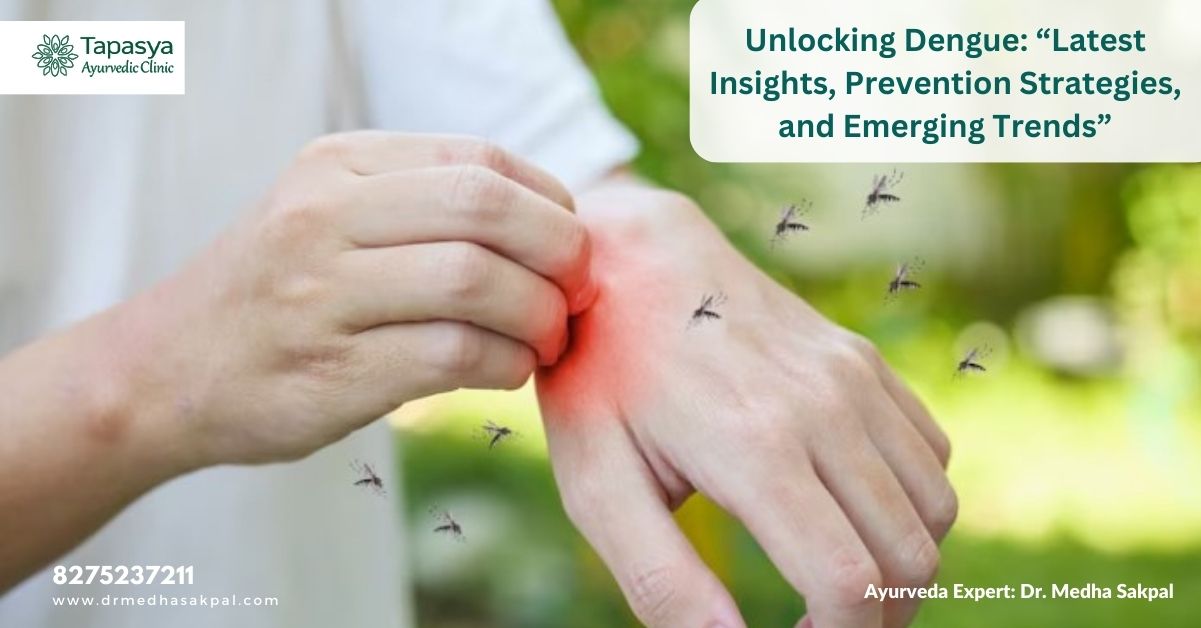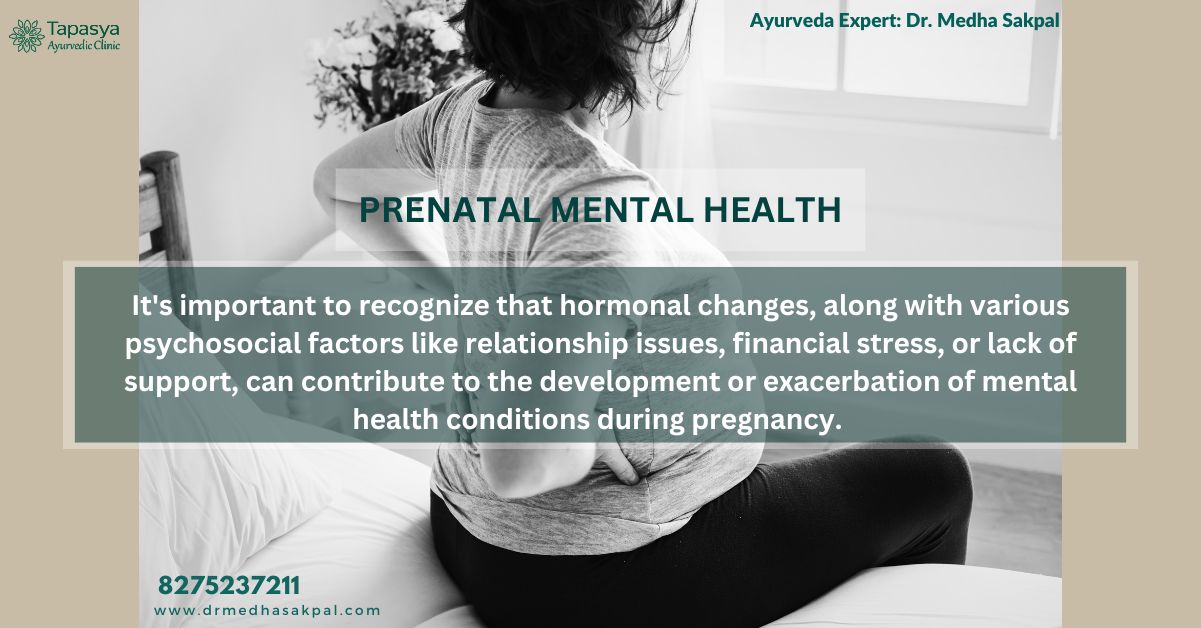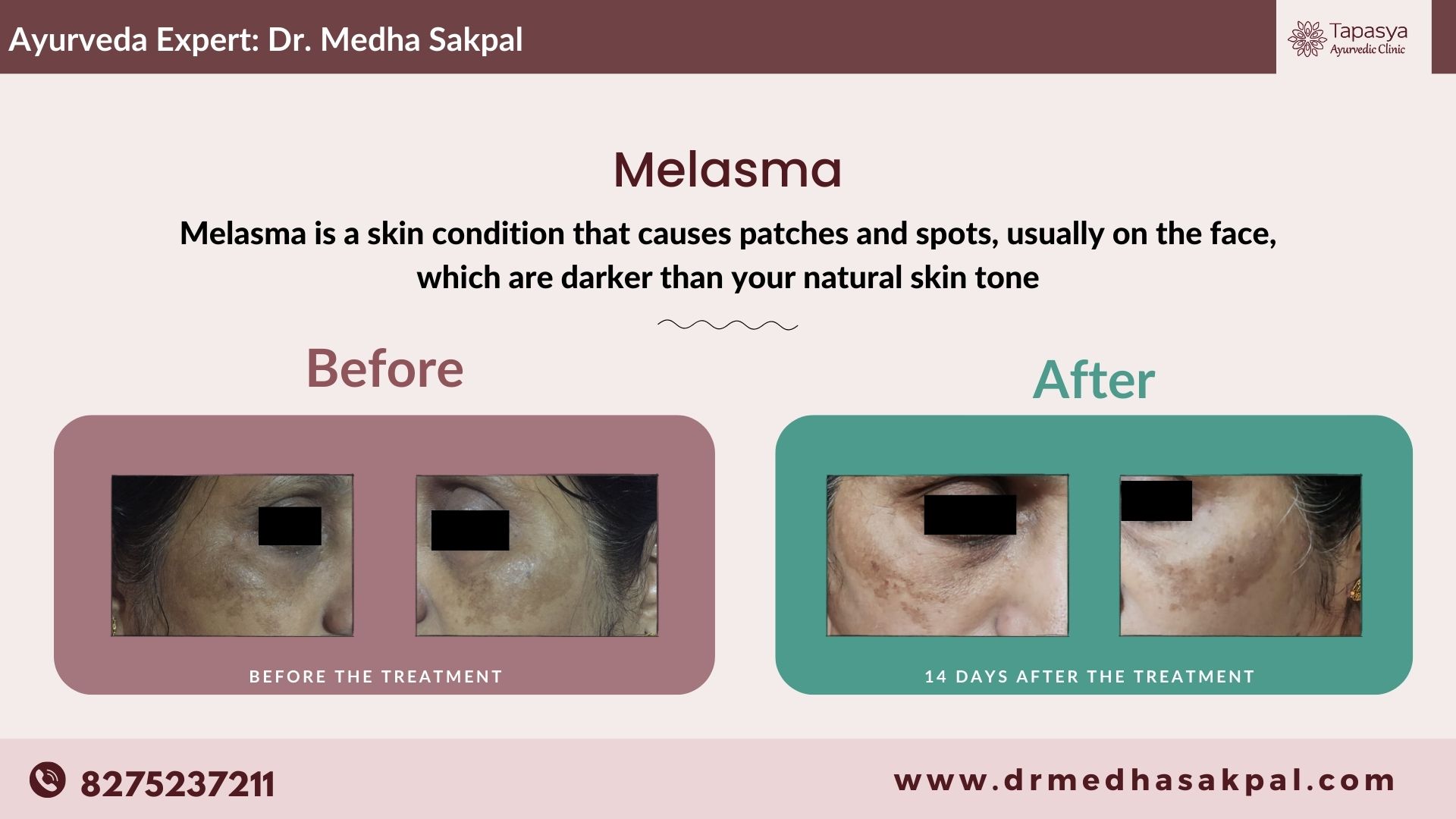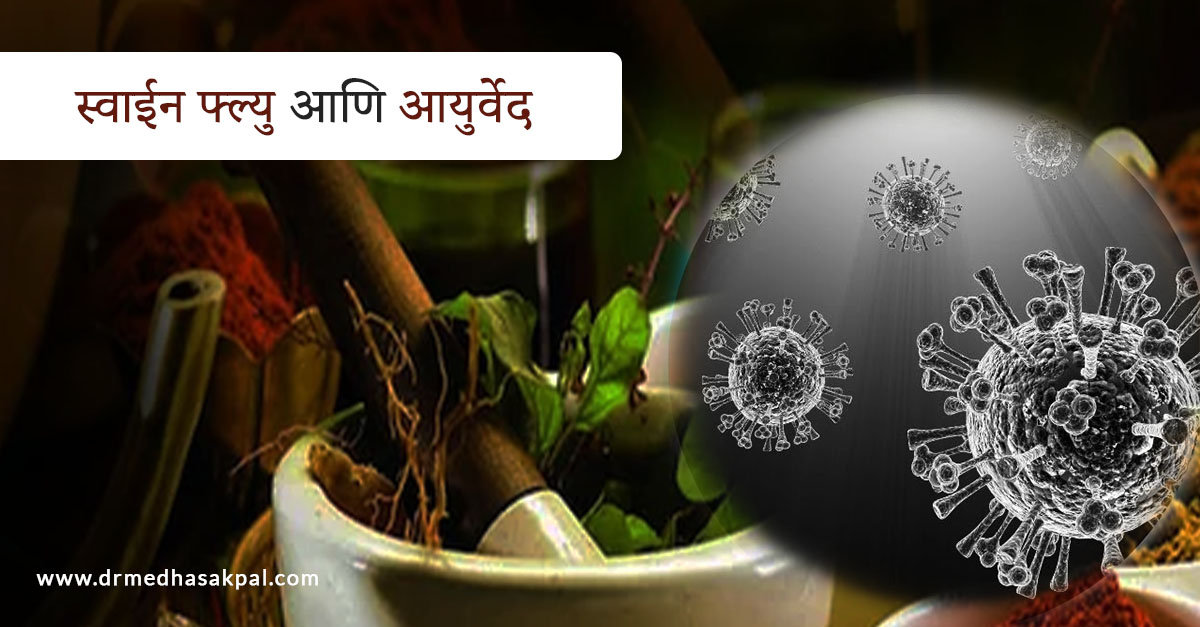Dengue fever, often dubbed "breakbone fever" due to the excruciating joint pain it causes, is a mosquito-borne viral infection that continues to threaten populations in tropical and subtropical regions around the world. It is caused by the dengue virus, which is transmitted to humans through the bite of infected female Aedes mosquitoes. While dengue is not always life-threatening, it can cause severe symptoms and complications in some cases. With approximately 390 million dengue infections occurring annually, and about half of the world's population at risk of contracting the disease, understanding the latest insights, prevention strategies, and emerging trends in dengue management has never been more critical.
Dengue at a Glance
Dengue fever is caused by the dengue virus, which is primarily transmitted to humans through the bite of infected female Aedes mosquitoes, particularly Aedes aegypti. The virus comes in four distinct serotypes, DEN-1, DEN-2, DEN-3, and DEN-4, making it possible for individuals to be infected multiple times, with each infection potentially being more severe than the last.
The symptoms of dengue can range from mild to severe and may include high fever, severe headache, joint and muscle pain, rash, bleeding tendencies, and gastrointestinal symptoms. In severe cases, dengue can lead to complications such as dengue hemorrhagic fever (DHF) and dengue shock syndrome (DSS), which can be fatal if not treated promptly.
-
Bone-Aching Fever in Dengue: :
One of the hallmark symptoms of dengue is a high fever accompanied by intense bone and joint pain. This bone-aching fever is often referred to as "breakbone fever" due to the severe pain it can cause in the muscles and joints. The exact cause of this pain is not fully understood, but it is believed to result from the immune system's response to the virus. The pain can be excruciating and may last for several days, making it one of the most distressing aspects of dengue infection. -
Relationship Between Joint Pain and Platelet Fall in Dengue: :
Platelets are a type of blood cell that plays a crucial role in blood clotting. In dengue fever, it is common for patients to experience a decrease in their platelet count, a condition known as thrombocytopenia. This drop in platelet count can be alarming, as it increases the risk of bleeding and bruising. Interestingly, there is a connection between joint pain and platelet count in dengue.
The joint pain experienced by dengue patients is thought to be partly due to the decreased platelet count. Platelets help repair damaged blood vessels, and when their numbers are low, minor injuries within the joints can lead to bleeding and inflammation, resulting in pain and discomfort. However, it's important to note that joint pain can also occur independently of platelet count, as the dengue virus itself can cause inflammation in the joints.
-
Impact of Fast-Increasing Platelet Count on the Body: :
While a drop in platelet count is a common feature of the early phase of dengue fever, many patients experience a rapid increase in platelet count during the recovery phase. This increase is often seen as a positive sign, indicating that the patient is improving. However, the sudden and significant rise in platelet count can have its own set of complications.
This phenomenon is known as "platelet rebound," and it can lead to a condition called dengue hemorrhagic fever (DHF) or dengue shock syndrome (DSS) in severe cases. DHF and DSS are characterized by the leakage of blood plasma from blood vessels, which can lead to shock, organ failure, and even death. Therefore, it is crucial for healthcare providers to monitor patients closely during this critical phase of the illness and provide appropriate medical intervention when necessary.
-
Reoccurrence of Dengue: :
Dengue fever is caused by four distinct serotypes of the dengue virus (DEN-1, DEN-2, DEN-3, and DEN-4). Once a person is infected with one serotype, they develop immunity to that specific serotype. However, they remain susceptible to infection by the other three serotypes. In some cases, individuals who have had dengue in the past may contract the disease again if they are exposed to a different serotype.
Dengue reinfections can be more severe than the initial infection, as the immune system's response to the virus may exacerbate symptoms. This phenomenon has raised concerns about the potential impact of dengue vaccination, as vaccines must provide protection against all four serotypes to be effective. Research and vaccine development efforts continue to address this challenge.
-
GI Symptoms in Dengue: :
In addition to the classic symptoms of dengue, such as fever and joint pain, the disease can also affect the gastrointestinal system. GI symptoms in dengue may include nausea, vomiting, abdominal pain, and diarrhea. These symptoms can be distressing and lead to dehydration, especially in severe cases.
Dengue patients need to stay hydrated and seek medical attention if they experience persistent vomiting and diarrhea, as dehydration can worsen the overall condition. Rehydration and supportive care are essential components of dengue treatment.
The Latest Insights into Dengue: :
Recent research has shed new light on various aspects of dengue, from understanding the virus's behavior to unraveling the immune response. Here are some of the latest insights:
-
Viral Dynamics&Immune Response :
Recent studies on dengue have provided valuable insights into the viral dynamics of the disease. Scientists have made significant progress in understanding how the dengue virus replicates and spreads within the human body. One crucial finding is the identification of distinct viral strains within the same serotype, suggesting a higher level of complexity in dengue virus evolution.Additionally, researchers have explored the mechanisms behind the varying severity of dengue infections, shedding light on how preexisting immunity to one serotype can influence the outcome of subsequent infections with a different serotype. This phenomenon, known as antibody-dependent enhancement (ADE), is a critical factor in dengue's pathogenesis.Understanding the intricate interplay between the virus and the host's immune system at a molecular level is opening doors to the development of more effective antiviral treatments and vaccines, offering hope for improved management and control of dengue in the future. -
Mosquito Control :
Innovative mosquito control methods, such as genetically modified mosquitoes, are being explored to reduce the transmission of the virus.
Prevention Strategies: The Key to Combating Dengue
Prevention remains the most effective approach to combat dengue. Here are some prevention strategies that are gaining traction:-
Vector Control :
Mosquito control efforts, including eliminating breeding sites and using insecticides, are crucial in reducing the spread of dengue. -
Vaccination :
Dengue vaccines have been developed and are being used in some regions. These vaccines provide protection against multiple serotypes, offering hope for reducing dengue's impact. -
Community Engagement :
Community education and engagement are essential for raising awareness about dengue prevention and fostering a collective effort to combat the disease
Emerging Trends in Dengue Management
As the world grapples with the dengue burden, several emerging trends are shaping the future of dengue management:-
Precision Medicine :
Advances in genetics and personalized medicine are paving the way for tailored treatments for dengue patients, potentially improving outcomes. -
Integrated Approaches :
Combining mosquito control, vaccination, and early diagnosis through innovative technologies is becoming increasingly important in dengue control programs. -
Climate Change Considerations :
Climate change can impact the distribution and behavior of Aedes mosquitoes, necessitating adaptive strategies for dengue prevention.
Dengue continues to pose a significant global health challenge, but with the latest insights, prevention strategies, and emerging trends, there is hope for better management and control. It is crucial for governments, healthcare organizations, researchers, and communities to work together in a united effort to unlock the mysteries of dengue and reduce its impact on the world. By staying informed and implementing effective prevention measures, we can move closer to a dengue-free future for all.
















